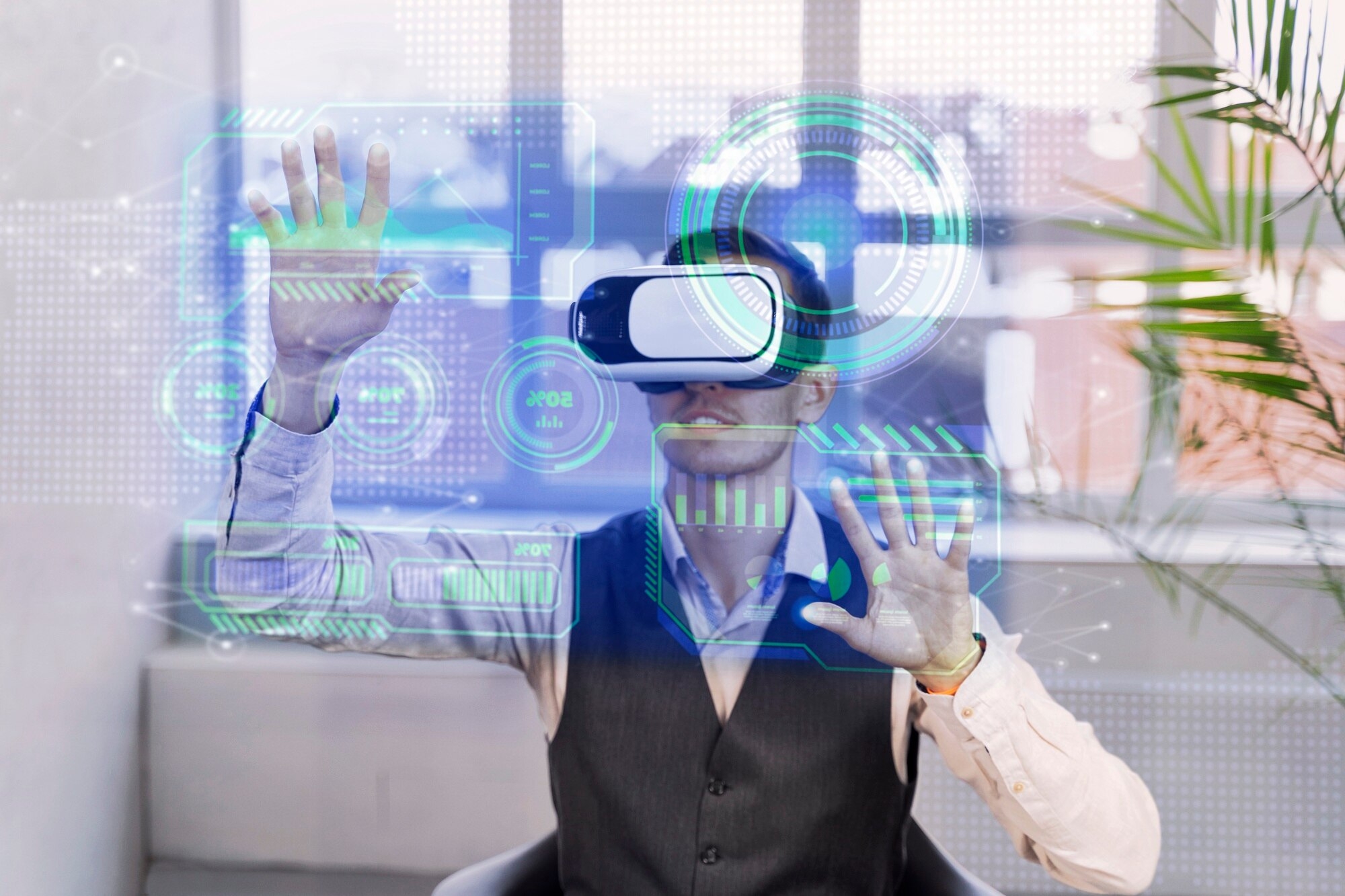The Future of Cognitive Automation and Human Intelligence
The journey of Artificial Intelligence (AI) is nothing short of a captivating narrative, an epic tale of innovation and progress that continues to unfold before our eyes. From its humble beginnings as rule-based systems, AI has evolved dramatically to become the potent force it represents today. At the heart of this transformation lies AI 2.0—a paradigm shift that explores the profound synergy between cognitive automation and human intelligence.
Historical evolution of AI
The genesis of AI 2.0 is deeply rooted in its historical evolution. The early days of AI were marked by boundless optimism, but this enthusiasm gave way to the so-called “AI winter” when progress stagnated. It wasn’t until the resurgence of AI, propelled by neural networks and deep learning that we entered the era of AI 2.0. This renaissance breathed new life into AI, ushering in a wave of possibilities, including the seamless integration of human intelligence with machine capabilities.
Key technologies driving AI 2.0
At the core of AI 2.0 lie neural networks, deep learning, and reinforcement learning powered by advanced hardware like Graphics Processing Units (GPUs) and Tensor Processing Units (TPUs). These technologies empower AI systems to process colossal volumes of data and execute intricate tasks with unparalleled precision and efficiency, all while augmenting human decision-making and unleashing creativity.
Ai 2.0: A profound paradigm shift
AI 2.0 represents a monumental leap that transcends conventional AI paradigms. It exceeds automation and data processing, placing human augmentation, creativity, and decision-making at its epicenter. In this new era, AI and humans collaborate harmoniously, harnessing their unique strengths to achieve outcomes surpassing what they can accomplish in isolation.
Real-world applications
AI 2.0 isn’t confined to theory but is actively reshaping numerous industries. In finance, it leads the charge in risk assessment and portfolio management, resulting in more precise predictions and finely tuned investment strategies. A prime example is BloombergGPT, a groundbreaking Large Language Model explicitly tailored for finance. This innovation seamlessly combines AI-driven data analysis with human financial expertise.
AI 2.0 is driving significant advancements in crop yield optimization and resource conservation in agriculture through precision farming practices. A Canadian startup, for instance, has developed an AI-enabled crop-spraying drone that reduces chemical use by up to 90%, exemplifying AI’s potential to minimize environmental impact.
Moreover, a California-based startup named FarmBot made waves in 2022 by introducing automated farming robots to homeowners, schools, and universities. These robots have advanced weed detection capabilities and precision seed injection mechanisms. Their integration with human expertise revolutionizes agriculture, making farming more accessible and efficient.
The technology behind AI 2.0
AI 2.0 rests on a foundation of cutting-edge technologies. Natural Language Processing (NLP) empowers AI systems to comprehend and respond to human language rapidly. In healthcare, computer vision is leading a diagnostic revolution, enabling AI-driven tools to analyze medical images with astounding accuracy. Google’s recent announcement of new generative AI-powered features for its Vertex AI platform at HLTH 2023 underscores the transformative potential of AI 2.0 in health and life sciences.
Challenges and risks
The potential of AI 2.0 is vast, but it comes with its challenges. Persistent concerns about bias in AI algorithms underscore the need for ethical AI development. Additionally, the omnipresent cybersecurity threat demands robust measures to safeguard AI systems, emphasizing the importance of human oversight and ethical considerations.
Navigating the regulatory landscape
As AI 2.0 forges ahead, the regulatory landscape evolves in tandem. Governments worldwide are crafting guidelines and policies to ensure the ethical development of AI. For instance, the European AI Act imposes stringent requirements on AI systems, emphasizing transparency and accountability. Understanding this evolving regulatory landscape is crucial for all stakeholders in the AI 2.0 ecosystem, as it reinforces the importance of aligning AI technologies with human values.
Global Perspectives on AI 2.0
AI 2.0 knows no geographical boundaries; it’s a global phenomenon enriched by regional nuances. The United States, with Silicon Valley and tech giants like Google, Microsoft, and Facebook, leads the Generative AI race. Thanks to its robust digital economy and government-led strategy, China, the Middle Kingdom, is another heavyweight in the Generative AI landscape. Tencent, Alibaba, and Baidu are pioneers in Chinese AI, investing heavily in Generative AI research and application. Collaborations between nations foster cross-border innovation and knowledge sharing, accelerating the growth of AI 2.0 and exemplifying the power of global cooperation.
Public perception and acceptance
Public perception of AI 2.0 is a dynamic tapestry interwoven with threads of enthusiasm, skepticism, and curiosity. While some eagerly embrace AI’s potential, others harbor concerns about job displacement and data privacy. Initiatives aimed at enhancing public understanding of AI and its manifold benefits are essential for building trust and acceptance. Recognizing AI as a tool to enhance human capabilities fosters greater acceptance and collaboration.
Leveraging the ocean of big data
AI 2.0 thrives on the vast ocean of big data. Ethical collection and utilization of these immense datasets are pivotal in training advanced AI systems. Ensuring data privacy and security is paramount, necessitating the development of robust data governance frameworks that harmoniously align with human rights and values.
Looking ahead
In conclusion, the story of AI 2.0 is an enthralling narrative of human ingenuity, technological marvels, and the promise of a future where human and machine capabilities merge harmoniously. As we stand on the precipice of this new era, the possibilities are boundless, and the journey promises to be nothing short of extraordinary. AI 2.0 is not just a technological revolution; it is a societal transformation that holds the potential to reshape the world as we know it, marking the beginning of a new era where human intelligence and cognitive automation coexist synergistically.
If you are interested in further developments in AI 2.0, consider contacting Novas Arc. Collaborating with Novas Arc can provide valuable insights and opportunities to contribute to advancing AI technology, where cognitive automation and human intelligence harmonize to achieve significant milestones.








